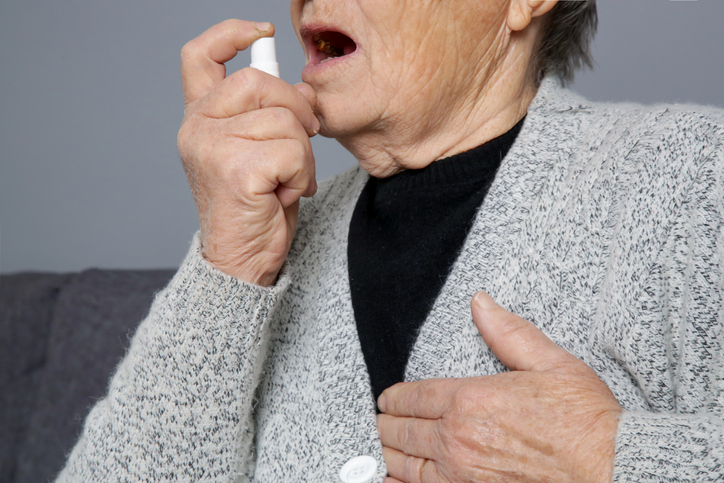The Biden administration will require drugs that have been used for decades to undergo costly approval by the U.S. Food and Drug Administration (FDA).
The U.S. Department of Health and Human Services announced its plans to reinstate its Unapproved Drug Initiative (UDI) in the Federal Register (FR) on May 27, 2021.
The number of unapproved drugs is not known precisely, but The Pink Sheet, a biopharma information service, identified about 2,400 drugs, in 1984. The list included digitalis, codeine, atropine, thyroid, and phenobarbital.
Grandfathered Drugs Booted
The FDA launched initiatives to remove unapproved drugs from the market in 2006 and again in 2011, says Devon Herrick, Ph.D., editor of the Goodman Institute Health Blog and policy advisor to The Heartland Institute, which co-publishes Health Care News.
“Some of the unapproved drugs the FDA tracked down for approval were nitroglycerine tablets for angina; colchicine, a gout drug based on a 3,000-year-old remedy; neostigmine, a drug to reverse the effects of anesthesia during surgery, and guaifenesin, commonly known as Mucinex, based on a 500-year-old remedy,” said Herrick.
FDA approval for commercial drugs is required by the 1938 Federal Food, Drug, and Cosmetic Act (FD&C). In 1962, the Act was amended to give the FDA the authority to approve drugs for efficacy as well as safety. Drugs “generally recognized as safe and effective” were “grandfathered” in and exempt from lengthy testing.
Requiring these drugs to undergo testing and FDA approval raised their cost to consumers, says Herrick.
“Of those grandfathered, many, possibly most, were probably out of production and replaced by newer products,” said Herrick. “However, those drugs that were still in widespread use were tested and approved, after which the average price increased.”
Trump’s FDA Ended Initiative
The Trump administration ended the UDI in 2020, stating the FDA failed to follow the notice-and-comment rulemaking process when it launched the UDI in 2006 and revised it in 2011.
The Trump-era regulatory change was “legally and factually” inaccurate and done without consulting the FDA, states the Biden administration’s HHS.
The FDA also granted market exclusivity for the tested drugs to entice manufacturers to comply with the process, says Herrick.
“The Trump administration terminated the UDI because it provided nothing in the way of added drug safety but raised the drugs’ prices substantially,” said Herrick.
Prices of five drugs that received approval under UDI increased by 525 percent to 1,644 percent (see graph), according to an analysis by Vizient, a health care services company.
Off Label Drug Use
Physicians have extensive clinical experience with drugs that have been on the market for decades and requiring proven efficacy in addition to safety doesn’t make sense, says Jeffrey Singer, M.D., a surgeon, and senior fellow at Cato Institute.
“There are numerous non-governmental institutions, including academic clinical institutions, that are constantly evaluating the efficacy of drugs and were doing so long before there even was an FDA, and there has never been a good reason to concentrate that decision-making in a government monopoly agency that was initially created to ensure safety,” said Singer.
Additionally, prescribing drugs for a use not approved by FDA is a common practice, says Singer.
“In fact, roughly 20 percent of all drugs prescribed in the United States are prescribed for off-label uses,” said Singer.
When drugs don’t work for a particular condition, clinicians try other drugs, says Singer.
“They don’t need government bureaucrats to tell them what the clinical literature and their own experience are already telling them,” said Singer.
Ashley Bateman (bateman.ae@googlemail.com) writes from Virginia and AnneMarie Schieber (amschieber@heartland.org) is the managing editor of Health Care News.
Internet info:
“Financial Consequences of Good Intentions – The Unanticipated Costs of the Unapproved Drugs Initiative,” Vizient, September 2020: https://newsroom.vizientinc.com/content/1221/files/Documents/UDIAnalysisUSMarketSpend092320FINAL112120.pdf
For more great content from Health Care News.
